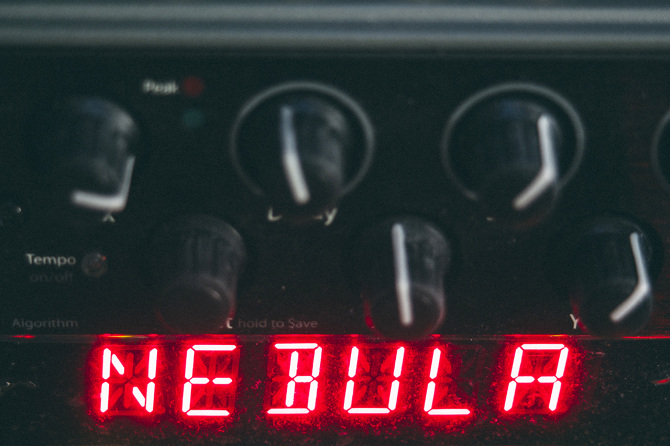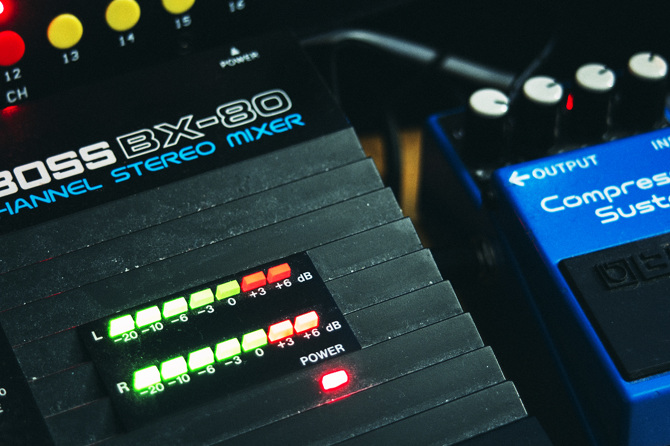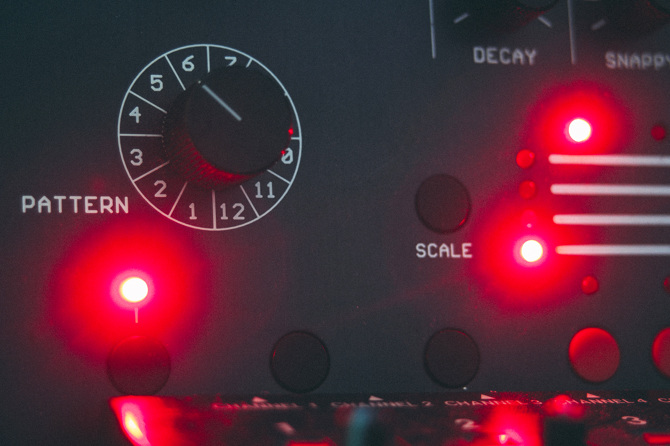VC-118A: Shift Works
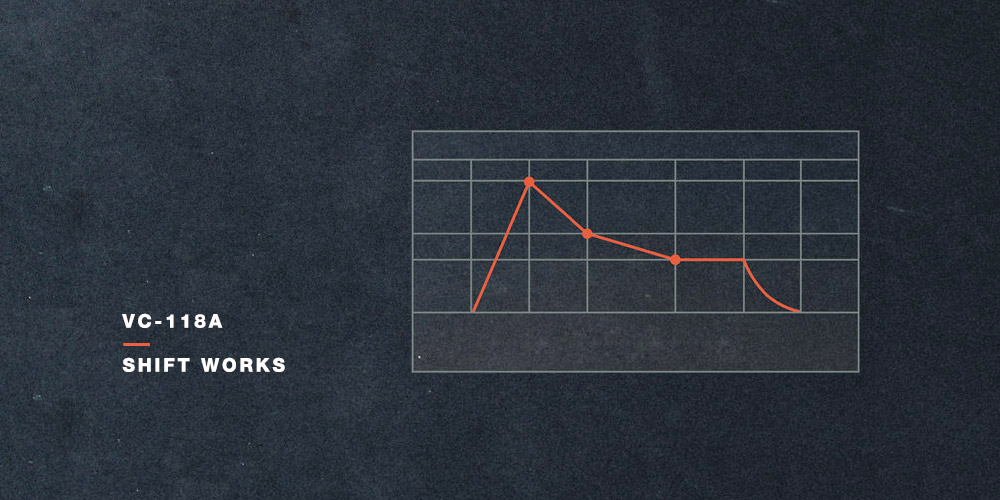
Samuel van Dijk’s nebulous dub techno, organic ambient and Detroit-inspired electro forms an eloquent whole writes Richard Brophy.
It’s a Saturday morning in late May. After a long winter, Samuel van Dijk is contemplating changes to his surroundings in northern Finland. Originally from Amsterdam, he moved to Tampere, the second most populous city in the Nordic country with his Polish wife back in 2013. “It’s about two hours north of Helsinki and is known as ‘the Manchester of Finland’ because it used to have a big textile business. I work for a small company here,” he explains in flawless English over Skype.
Apart from its industrial past, modern-day Tampere is still subject to some of the most unrelenting weather conditions in Europe. “For three quarters of the year it’s dark and covered in snow. Only in May the sun starts to shine. There is a lot of nature and it’s the land of 1,000 lakes, it’s mainly covered in water,” van Dijk informs me.
These extreme surroundings haven’t deterred van Dijk’s artistic endeavours. If anything, the opposite appears to the case – since moving there, he has released four ambient albums under his Multicast Dynamics alias as well as a rare EP from his Mohlao dub techno project for Shipwrec sub-label Deep Sound Channel. The producer’s main project, the aviation-inspired electro of VC-118A, has also yielded EPs for Tabernacle, Lunar Disko and AC during this period. Having come from an urban background, did he experience a form of culture shock?
“As a Dutch person, I had never seen so much snow or nature,” van Dijk says with a laugh, “so yeah it influenced my music making,” he answers. “It is isolated. You don’t see too many people and travelling is not easy. Bookings are not possible as the costs are very high. At the same time, the standard of living is very high, it’s a completely different world.”
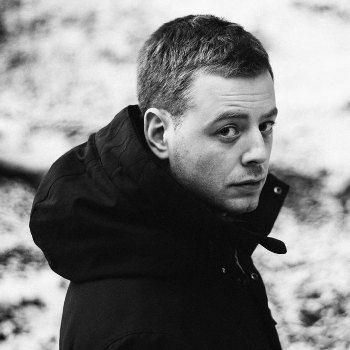 On a musical level, Finland was not alien to him. van Dijk cites the work of Sasu Ripatti (Vladislav Delay, Luomo) as having a major influence on his Multicast Dynamics project. He also says that he was aware of the Finnish techno scene generally, which over the years has spawned labels and artists like Sähkö, Mika Vainio and Samuli Kemppi.“There is also Mono Junk and an interesting modular scene in Turkuu, the former capital. Jori Hulkkonen lives there too,” he explains. However, despite boasting a relatively high number of like-minded artists, Samuel has faced challenges in hooking up with the indigenous electronic music community.
On a musical level, Finland was not alien to him. van Dijk cites the work of Sasu Ripatti (Vladislav Delay, Luomo) as having a major influence on his Multicast Dynamics project. He also says that he was aware of the Finnish techno scene generally, which over the years has spawned labels and artists like Sähkö, Mika Vainio and Samuli Kemppi.“There is also Mono Junk and an interesting modular scene in Turkuu, the former capital. Jori Hulkkonen lives there too,” he explains. However, despite boasting a relatively high number of like-minded artists, Samuel has faced challenges in hooking up with the indigenous electronic music community.
“In Finland, there is a very different way of working together and collaborating. In Holland, I would bump into someone like Delta Funktionen randomly on the street and we would go off and work together. Here, everyone is very introverted and trying not to bother anyone else. I haven’t met a lot of people who are on the same wavelength, but the more you get to know them, the more fun they are,” van Dijk admits.
This isolated existence has also afforded van Dijk the space to reflect on how he makes music and what direction it should take. He believes that his sound has changed since residing in Tampere. “My sound has been affected by where I live, but I also wanted to create a hybrid between my dub techno roots and later the 808 breaks of the VC-118A sound as well as the Multicast Dynamics abstract project,” he explains. “I combined all of these projects of mine, but by accident, not on purpose and this is how it ended up.”
“I like to make these deep tracks, and I was on a search to find something I really like. Quite often my music-making focused just on sounds,” van Dijk adds somewhat obtusely. Those long post-work sessions in the studio eventually evolved into an album’s worth of tracks, which are scheduled to appear under his VC-118A name on the Shift Register triple LP for Tabernacle.
When van Dijk mentioned that the album was amalgamation of all his studio projects, he was being sincere. Shift Register touches on all of these styles but manages to achieve a sense of cohesion throughout thanks to an underlying solemn, majestic sensibility. This is audible on slower, reflective pieces like “Opaque” and “Infinite Figures”, the chattering electronics of “Trace” and the bleak, Biopshere-esque ambient compositions like “Input Mode”. There’s also rolling, bass-heavy dancefloor tracks like “Serial Data Transmission” and the thunder claps and churning dub rhythms of “Turbid” and “Frax Sine”.
Equally, fans of VC118-A’s electro will not be disappointed and Shift Register represents two extremes – the introspective melodies and crisp percussive whirrs of “Warp” and the angular, acid-loaded “Apex”, which bursts into a chilling string sequence to rival Lost Trax’s classic “Saturniun System”. Then there’s the title track, where van Dijk proves his compositional worth, as reflective piano playing and soaring strings collide.
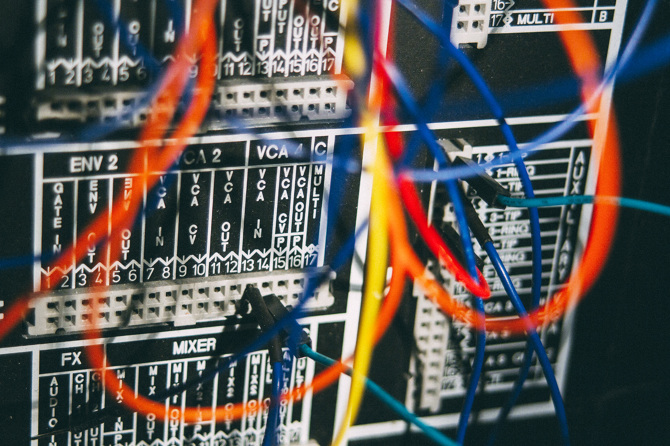
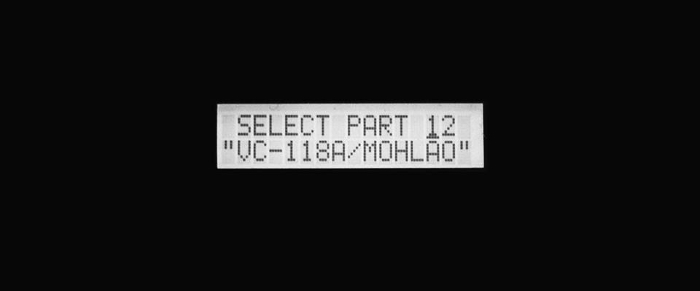
Apart from the somewhat romantic vision of a lone producer burning the midnight oil to create a singularly atmospheric work, there is another, slightly more mundane explanation for why Shift Register sounds so singular. “The album was made with just two pieces of gear – the Acid Lab 808 clone and the Juno Roland Alpha 1 series.” The latter synth is regarded by van Dijk as a “wolf in sheep’s clothing.” He describes it as very plasticy, but “the sound can be very aggressive, yet also very mellow. It’s a very overlooked synth.”
Focusing on these two pieces of equipment meant that the process for the album was a very natural one. “It was only a few instruments, only a certain sound. These limitations forced me to think in a certain way, and I just started to make tracks and put them in a folder. I wanted to make something new and innovative and the phrase ‘shift register’ was already there,” he says.
This geeky approach has been extended to the album art, with van Dijk using the waveforms from the synths on the cover. “‘Shift register’ is a term used in digital design, so for me it’s to register a shift in my own sound. The cover shows the light side of things, but it’s also layered.” His intention was to make a contrast between the light-hearted way of making tracks and the way that the music is recorded in one take, “so it doesn’t sound too polished,” he believes.
When it came to seeking out a label to release the album, van Dijk quickly agreed to work with one of those he had released on before. “I always had very sincere and honest contact with Tabernacle, so it happened very fast,” he explains. “I really like their output and their eye and ear for quality, they are quite varied in what they put out, but it is all consistently of a very high quality.”
Despite all of his talk about synths and album art inspired by waveforms, van Dijk makes the point that there is too much serious talk about music and that producing should always be a fun activity. “That’s my approach in the studio – I don’t go in saying ‘I’ll make a track that’ll sound like X producer,’” he claims.
Nonetheless, VC-118A has either by design or default become something of an electro train spotter’s wet dream. The rhythms are angular and steely, the underlying mood swings between austere and menacing or dream-like otherworldliness and even the track titles on Shift Register favour oblique, scientific references like “Input Mode” and “Serial Data Transmission”. At times it feels like van Dijk is consciously willing an army of earnest young men to covet his work.
The new album also marks the first time the project has not referenced aviation and air travel. While this interest is different to the usual electro fascination with other worlds and robots, like these themes it did represent a vision of the future rooted in the past, a charmingly ‘old-fashioned’ look at tomorrow’s world. “I’m not a train spotter or a collector of planes. The aviation references were a starting point for the first album and a load of EPs.,” he says. “It came from an old ad in a book that I bought online – there were some very old airline images in it. That was back when flying was romantic and an adventure,” van Dijk says. “Nowadays,” he feels, “all of the charm is gone.”
“It’s not new anymore – airlines used to hire creative people to make it look amazing, but they don’t even try to make it look like that anymore. So is there no connection to aviation on the new album? “Maybe now the VC-118A project is more about a feeling of flying,” he answers somewhat evasively.
Irrespective of putting his interest in aviation to one side, van Dijk hasn’t relinquished his love of older electronic music and the eco-system within which it operated. Unsurprisingly, he says he is a huge fan of Underground Resistence and Drexciya. The modern labels he admires – Tabernacle and Lunar Disko – openly draw on classic influences, while he also praises Jeremiah R’s interpretations of Detroit electro.
“It’s funny when I browse through my collection, a lot of the music is from before 2000-2002,” van Dijk adds, before contrasting music from that period to contemporary electronic music. “The new stuff? Meh, there are so many releases these days to sift through because of the technology being democratised. This also means that there are so many new artists emerging all the time. I miss the balance that the old structure of labels brought,” he admits.
“This mass ocean of music, a lot of it doesn’t bring much to the table. For the most part, it doesn’t show the identity of the producer or the artist behind it.” He’s right of course. It is becoming increasingly rare to find contemporary music producers with a distinct identity. It’s also hard to find fault with van Dijk’s assertion that he is “interested in musical output that does something to your mind and body. It’s usually the Drexciya records, the old Aphex stuff or the older Legowelt music,” he says.
One of the releases of recent years that Shift Register reminds this writer of is Versalife’s 2013 debut album, Vantage Point. What does he make of the comparison to his fellow Dutch producer’s work? Not an awful lot, judging by his response. “Versalife is my old roommate – but I don’t listen too much to other people’s music when I’m recording my own,” he answers sniffily, before pointing out that his album, “stands on its own, but takes influences from the other projects. I always listened to a lot of artists, but never tried to copy them.”
While Shift Register moves across tempos, it is a largely reflective work. That said, its creator hopes that it doesn’t become just another home-listening album and has already sketched out a few scenarios as to where it would work. “I would like to see this music played in a place where the audience will really appreciate it and not have it on in the background.” In his imagination, van Dijk foresees some of the deeper tracks being played in a DJ warm-up set, or one of the dance floor tracks at a house party. “I would love to play live more and to hear the reaction to the tracks in real time,” van Dijk tells me.
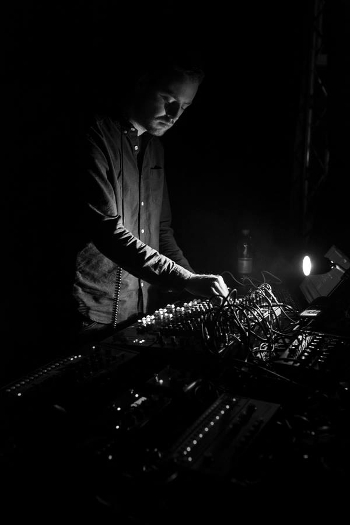 In the absence of bookings, he will have to rely on his imagination to recreate these scenes. He seems almost resigned to the fact that until a brave promoter decides to take a chance on the cerebral electro, ambient and techno that populates Shift Register it will remain a studio-based project. This prospect doesn’t seem to have put him off and he continues to make music without inhibitions.
In the absence of bookings, he will have to rely on his imagination to recreate these scenes. He seems almost resigned to the fact that until a brave promoter decides to take a chance on the cerebral electro, ambient and techno that populates Shift Register it will remain a studio-based project. This prospect doesn’t seem to have put him off and he continues to make music without inhibitions.
“I made another EP that will come out later this year and I am still working on my Mohlao project, but I guess there aren’t too many people who are interested in slow, deep techno,” he says, laughing. “Maybe if I produced an album that was more focused on the dance floor it would happen, but this album feels like another chapter in my development,” he adds.
The first thing that van Dijk will do when Shift Register is released is to take a break and reflect on what to do next. He may move from Tampere, but this is only mentioned in passing, and his next release could see him usher in a new approach. Irrespective of what direction his life and music-making take, he remains adamant that he will limit his output.
“Sometimes when an artist releases too much material they lose their personality in the process. If you focus too much on releasing and not making the music, you lose your identity. Making music is always good, but releasing it is not always good. I want what I put out to have a lasting effect,” van Dijk states.
Rest assured the latest shift in VC-118A’s sound will reverberate for years to come.
Interview by Richard Brophy
Portrait image courtesy of E.Kwiatkowska
Live image courtesy of Sakari Karipuro
Studio photography courtesy of Samuel van Dijk
Shift Register by VC-118A is out soon on Tabernacle Records
